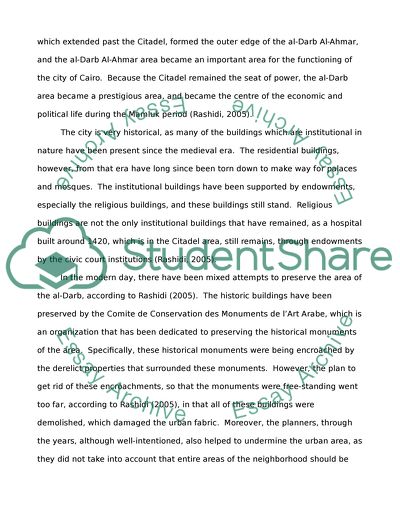Cite this document
(“Urban renewal in the al-Darb al-Ahmar District of the Cairo Essay”, n.d.)
Retrieved from https://studentshare.org/architecture/1403391-urban-redevelopment-a-case-study-al-darb-al-ahmar
Retrieved from https://studentshare.org/architecture/1403391-urban-redevelopment-a-case-study-al-darb-al-ahmar
(Urban Renewal in the Al-Darb Al-Ahmar District of the Cairo Essay)
https://studentshare.org/architecture/1403391-urban-redevelopment-a-case-study-al-darb-al-ahmar.
https://studentshare.org/architecture/1403391-urban-redevelopment-a-case-study-al-darb-al-ahmar.
“Urban Renewal in the Al-Darb Al-Ahmar District of the Cairo Essay”, n.d. https://studentshare.org/architecture/1403391-urban-redevelopment-a-case-study-al-darb-al-ahmar.


